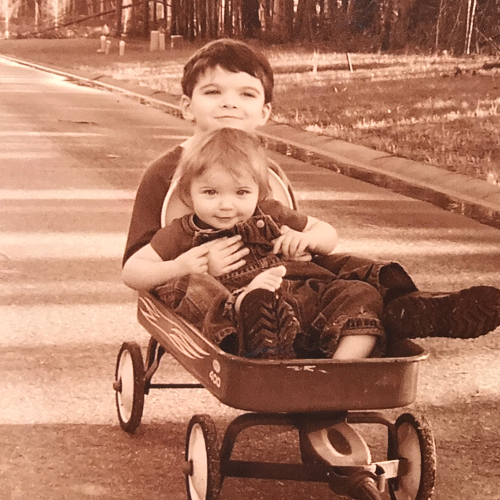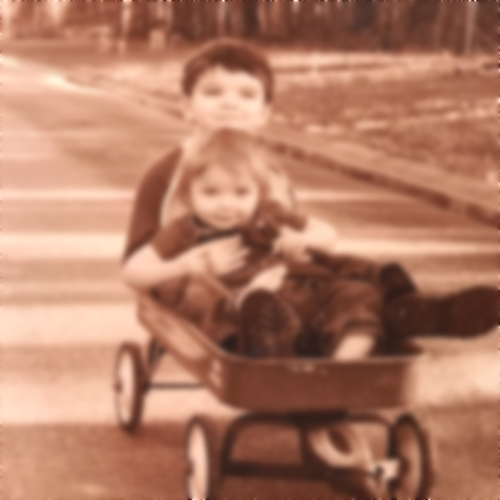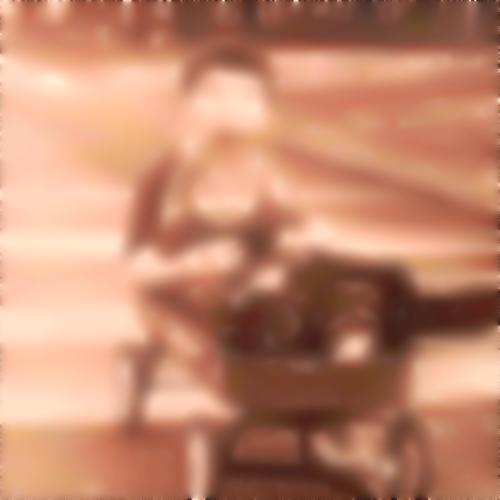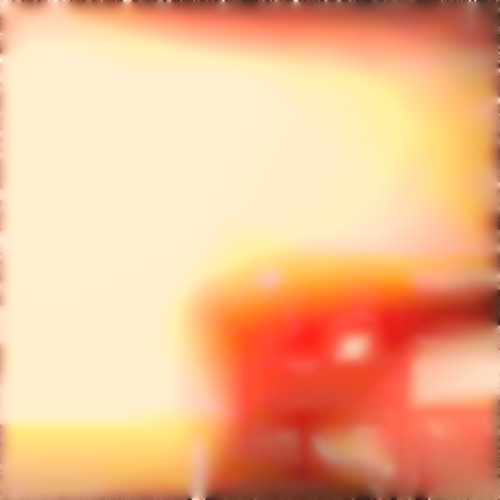AURAL AUTOMATA 6 | DISINTEGRATION FOR PIANO AND PATIENCE
This generative soundscape is inspired by the theme of disintegration. This concept became well-known in the experimental ambient music scene in the early 2000s after William Basinski released a series of albums, The Disintegration Loops. According to the liner notes, the series is based on looped recordings of some of Basinski's older symphomic material. As the tapes were rolling, the ferrite began to flake off on each looped playback. As a result, the sounds began to deteriorate, creating an unsettling soundtrack.
The specific experiment presented here is inspired by a similar album by the Ithaca Trio, called Music for Piano and Patience. That album contains reel-to-reel recordings of piano riffs which are looped, warped, and convoluted, creating a ghostly, vintage atmosphere. To reproduce the spirit of that recording, the present demo contains 6 piano loops that, in a Basinski way, gradually--and almost imperceptibly--"break down" over the course of 10 minutes or so.
As a visual analog of this disintegration, the image (which is an old photo of my children when they were younger), also disintegrates across time in a nearly imperceptible fashion. (You can best observe it by not viewing it continuously. Like erosion, it isn't exciting to witness.)




In short, over a period of time, both the aural and visual scene dissolve. It was fun and challenging to find ways to integrate the concept of disintegration with generative music using the Web Audio API and JavaScript. The audio corrosion is implemented by gradually shifting downward the playback rate over time and by inserting random bits of noise into the audio signal.
The visual degradation is accomplished by creating, every second, a weighted average of each pixel's immediate neighbors and setting the colors of that pixel to that average. The weights are not symmetric, however, creating a situation in which the changes is biased towards brighter colors. This process gives the image a blurry quality at first. But the image eventually begins to resemble overexposed film as the brightness bias takes over and washes out the detail.
R. Chris Fraley
2017 August 6 | updated Aug 13
More audio/visual experiments